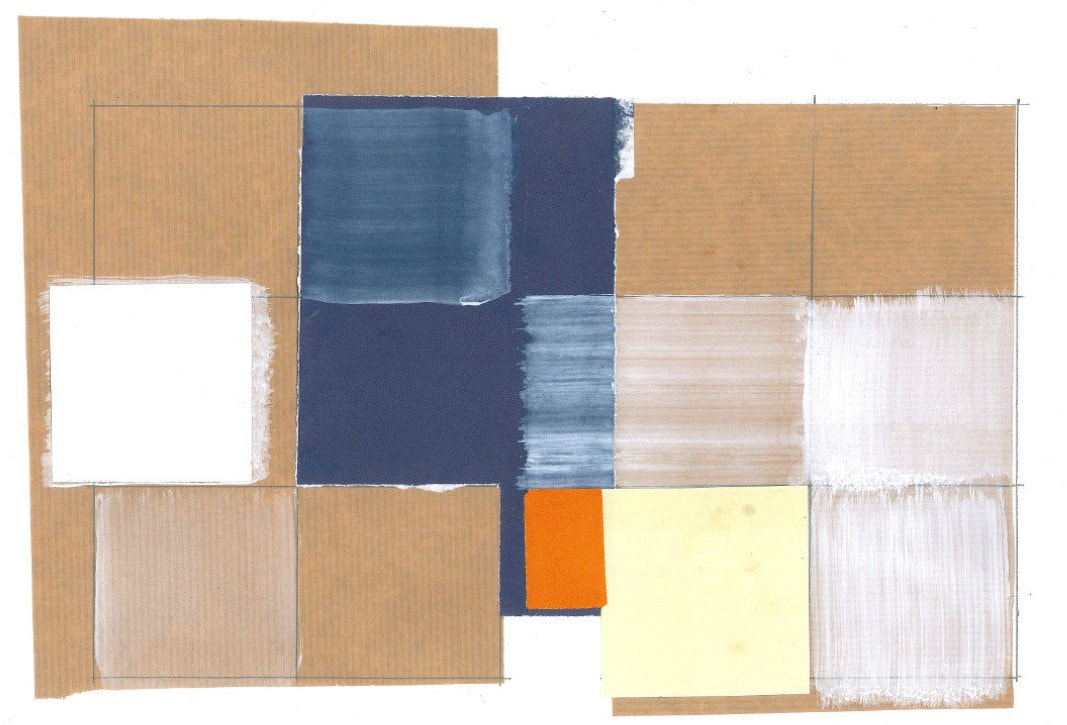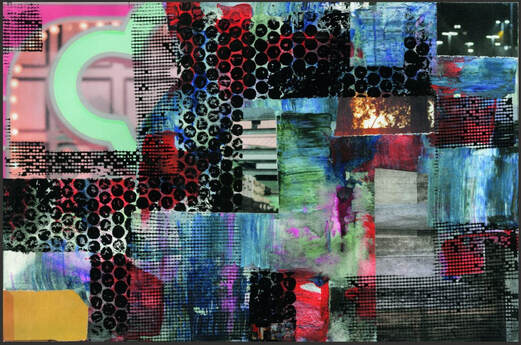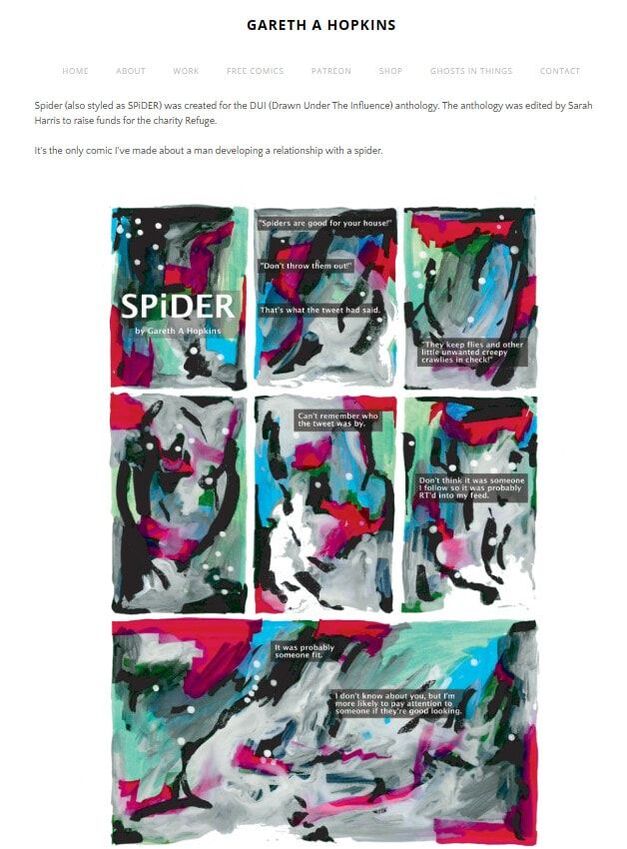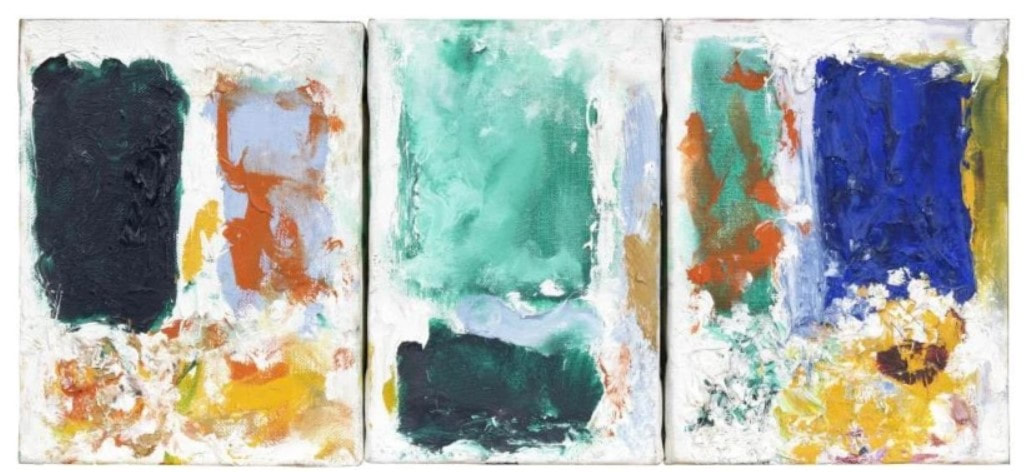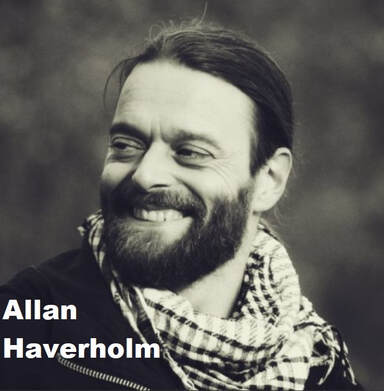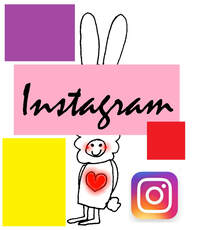|
I have been curating RHINO Poetry's *graphic* book reviews. This is a big annual celebration for RHINO and many people are looking forward to "reading" the reviews.
In case you do not know about our graphic reviews, our contributors introduce and review books with words & images. They are not traditional book reviews because our readers have to participate by analyzing images along with reading the written portions. Through the years, some graphic reviews took on qualities of contemporary art - - less words - - therefore, I ask my contributors to write a short essay along with their art interpretation because RHINO Poetry publishes book reviews. Book reviews aim to have clear messaging to properly portray books to potential audiences. Allan Haverholm saw Tana Oshima's graphic review and introduced RHINO *graphic* Reviews in a British podcast, Comics for the Apocalypse. Oshima recommended it to me, and I eventually started communicating with Haverholm. He studies and writes about various concepts of uncomics in Sweden. Those are four things those uncomics want: To not be figurative, but also to sing, dance, and to jump hurdles, all made possible by the subversive maneuver of declining sociocultural perceptions, and of conjugating linear narrative into labyrinths or rhizomic networks. They want to be uncomics. Uncomics is new to me, so I decided to ask Haverholm three questions. After I learned about uncomics, I had the fantastic idea to have book reviews without words. I am considering what different curators aim to achieve with their platforms, and am excited to explore this idea. What are uncomics?Uncomics are works that use visual language and structures from other art forms to expand upon the field of comics — or modern and contemporary art that employs comics characteristics. But "uncomics" covers both the artistic practice and the research into the works. The term came from the need to theorise that growing, experimental periphery without getting bogged down by, say, superhero or graphic novel discourse — and the name is a nod to the fact that most readers of traditional comics will look at these works and say "Yeah, but those aren't comics". So, in one sentence? " Uncomics is an artistic and research field where traditional comics end but formal characteristics of comics intersect with the wider arts" Uncomics – an artistic field where contemporary art and comics inform each other. Give two examples of uncomics and explain what makes them that.I'll give you a comics example and one from 20th Century art. Example One: "Spider" by Gareth A Hopkins, 2021 Gareth is an abstract artist who works mainly in comics. Because the visuals of his work leans toward abstract art, only the text implies a conventional reading direction. Yet the page layout gives the work away as a comic, and it was anthologised along with more traditional, figurative comic works. It is the ambiguous meaning and directionality of the visuals that make this an uncomic, because it opens the work up to interpretation and analysis outside the comics theory toolbox. And in that interpretive process of decoding and navigating the pages, the reader takes on a co-creative, puzzle solving role that goes beyond pure reading or viewing. Example Two: "Untitled (triptych)" by Joan Mitchell, 1971-3 In many ways, the triptych (and other multi-paneled artworks) is structurally comparable to newspaper comic strips. However, in visual arts the triptych is a multiplication of canvases, whereas the comic strip is a condensation, like a haiku form compared to comic books and graphic novels. Joan Mitchell did several multipanel works, but in this one she adds an extra dimension by composing each panel from roughly rectangular colour surfaces, not unlike Gareth Hopkins' page layouts. In an uncomics perspective, she turns the basic comic strip structure into a metatextual space where each comics panel is itself more like a comics page consisting of several subdivisions, or metapanels. On a side note, both of these examples are painted but because the field of uncomics casts a wide net, an art installation or sculpture might also be considered an uncomic. What is the Uncomics podcast, who are the guests and what are the subjects?I have called the Uncomics podcast an "online symposium" into the field of uncomics. For the first season I recorded and published a dozen artist talks with some of the leading artists in the field, such as Gareth A Hopkins, Rosaire Appel, Warren Craghead and Aidan Koch, to give a cross section of the wider practice. With each I talk about their oeuvre and vision, and try to contextualise it in terms of other, contemporary art forms — including of course comics. The next season will shift its focus toward scholars and theorists that work within fields I have found adjacent to the works and artists from season one. I am attempting to build a framework that will bridge art history and comics theory — or that is my thesis at least, I'm still only preparing talks for the second season. Allan Haverholm is a graphic artist, independent artistic researcher, editor, curator and performer. His experimental comics practice has been exhibited across Europe and North America, and he has given talks, courses and workshops across Northern Europe. Since his 2015 abstract comic "When the last story is told", he has formulated the field of uncomics to describe and study similar multidisciplinary practices in comics and contemporary arts
|
Archives
July 2024
|
フジハブ
Welcome to FUJI HUB: Waystation to Poetry, Art, & Translation. This is not your final destination. There are many links to other websites here, so please explore them!
Welcome to FUJI HUB: Waystation to Poetry, Art, & Translation. This is not your final destination. There are many links to other websites here, so please explore them!
What are you looking for?
FUJI HUB Directory
Popular Sites:
Gallery of Graphic Poems
Working On Gallery
(Monthly New Article by Writers & Artists)
About Naoko Fujimoto
Contact
Naoko Fujimoto Copyright © 2024
FUJI HUB Directory
Popular Sites:
Gallery of Graphic Poems
Working On Gallery
(Monthly New Article by Writers & Artists)
About Naoko Fujimoto
Contact
Naoko Fujimoto Copyright © 2024
